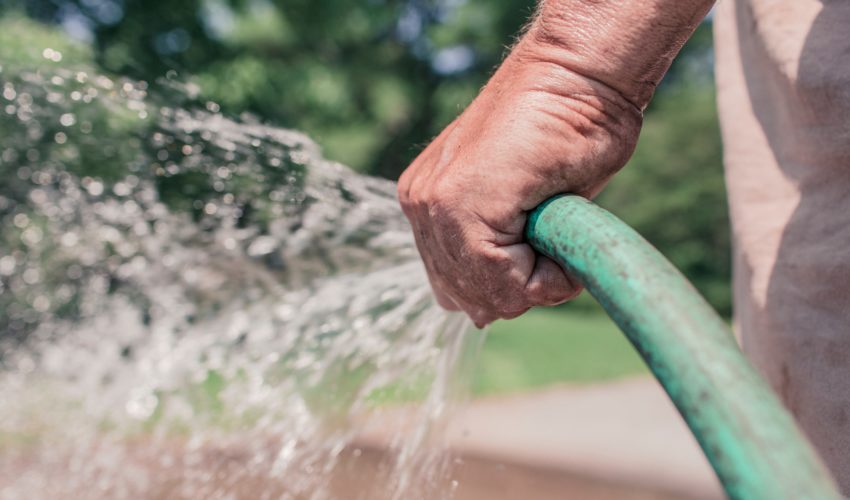
How to Water During the Summer
Watering is the most critical part of planthood, especially during the summer months! It is essential to know how to water, depending on the type of soil used and the type of container in which your plants are potted! Continue reading to learn how to water during the summer!
Soil Types
When planting your perennials, annuals, and vegetables, it is essential to select the proper type of soil! As Jane says, sandy soil will drain very quickly, while clay will hold water. When selecting soil types, it is wise to think about the watering needs of the plants. Cactus and succulents require very little water and can be planted in a more sandy, well-draining soil. While other plants, like vegetables, will need a denser soil to retain moisture. When planting in a container, be sure to use potting mix or soil. Do not use garden soil in pots.
Types of Containers
The types of containers in which you pot your annuals and perennials will also dictate how much you water. Plants that are potted in generic nursery pots will typically dry out quickly during the summer months. This is in large part due to the plastic and the color of the container. If potting in a clay pot, be mindful that clay pots are very porous. This means that water will drain out very quickly. You will likely need to water every day, if not twice a day during the summer when using clay pots. Glazed pots tend to retain more water and are ideal for planting. While the majority of glazed pots are made from clay, they have a glaze coating on the outside, which helps retain moisture. Be sure each container has a drainage hole!
Types of Watering Tools
It is important to procure a watering tool to use on the end of your hose. This will allow you to water more efficiently and it won’t be so hard on your thumb! Jane enjoys using a hose end nozzle that has several different settings, one of which is the shower setting.
How to Water
When watering, know the watering needs of your plants. Begin by watering at the base, continuing until water begins to drain from the drainage holes. If a plant is root bound, water once and then return a few minutes later to ensure that it has been absorbed in the roots. Be sure to inspect plants before watering. If possible, pick up the pot to feel the weight. This is always a good test. If the plant feels light, this typically indicates that the plant needs to be watered. If you are unable to pick up the pot, place your index finger into the soil to the second knuckle. If the soil is dry, it is time to water. Remember, you must know the watering needs of the your plants!
For more information, please visit our Facebook page!
To view our events page, click here!
